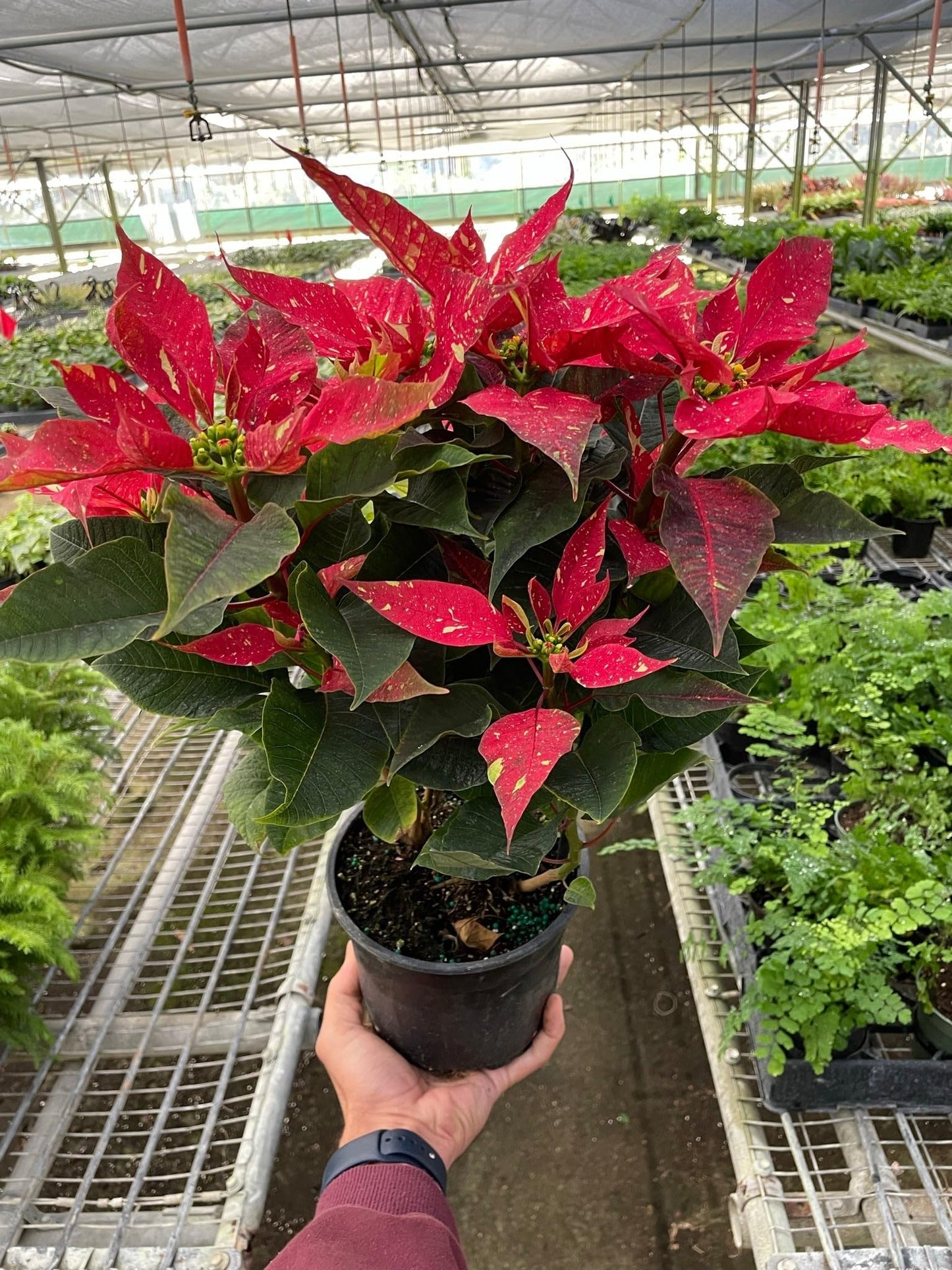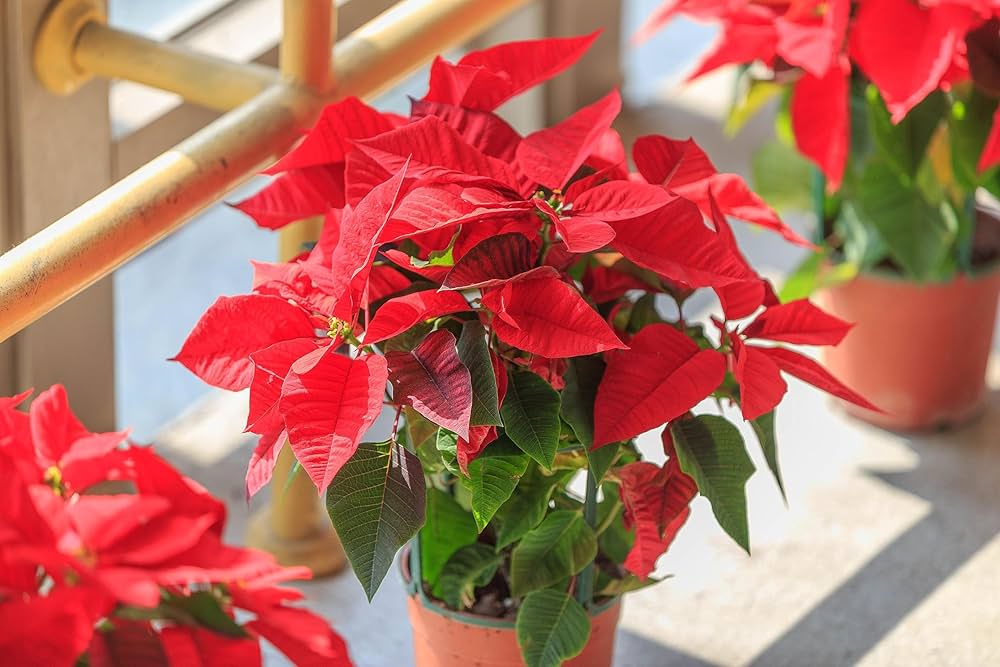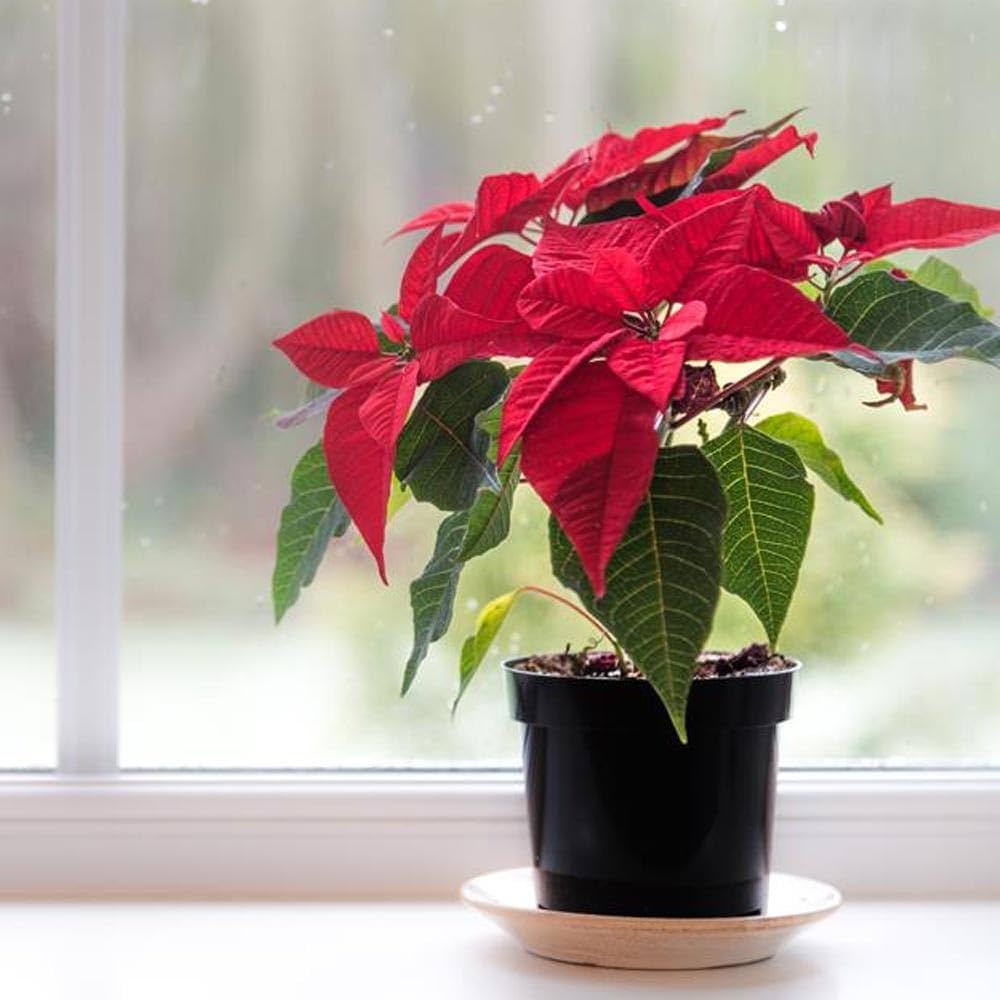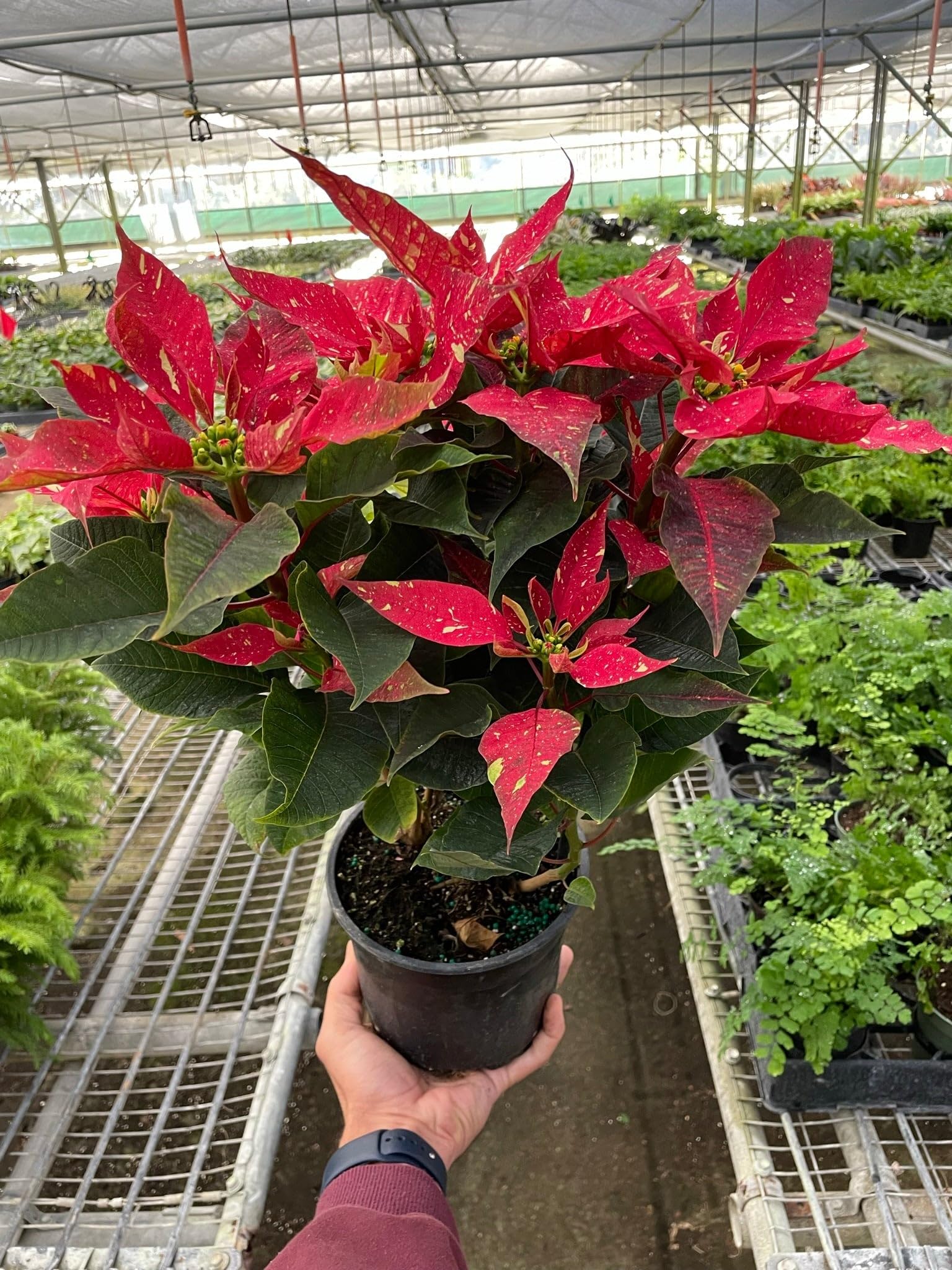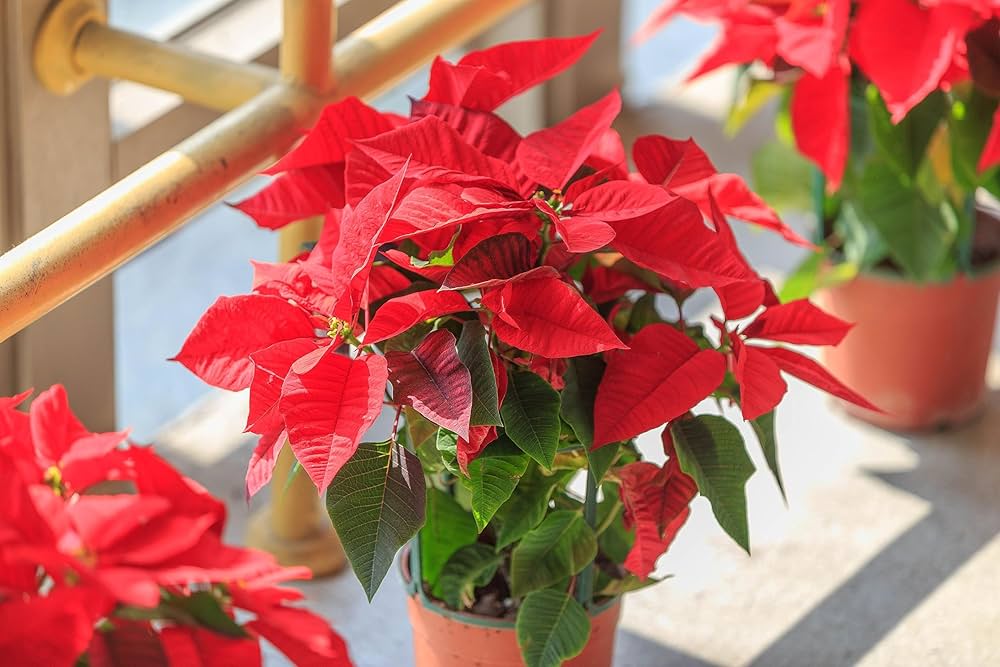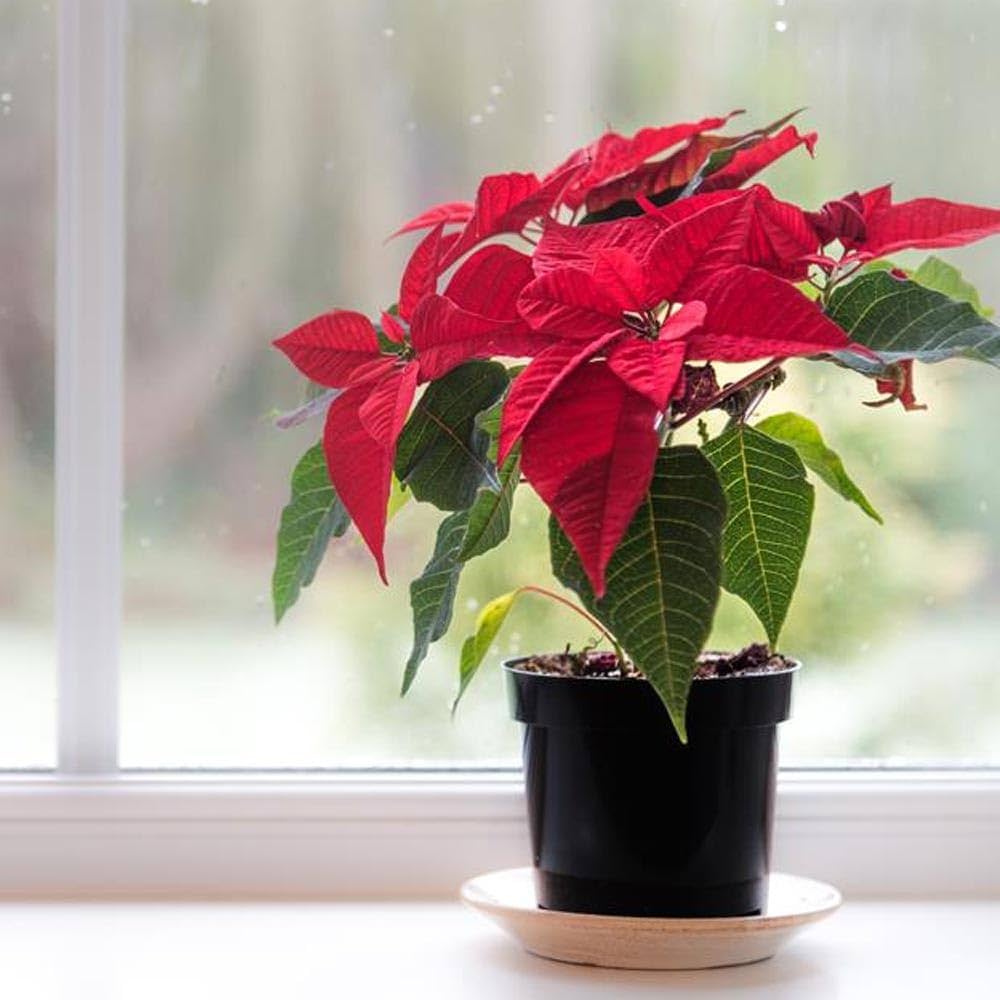Poinsettia Euphorbia Pulcherrima Flower Seeds
Couldn't load pickup availability
Description
Poinsettia Euphorbia Pulcherrima Flower Seeds
Characteristics and Uses of Poinsettia Euphorbia Pulcherrima Plants
Poinsettia flower seeds produce stunning plants known for their striking red, pink, white, or variegated bracts, which are often mistaken for petals. Native to Central America, these vibrant plants are commonly associated with holiday décor and make excellent ornamental additions to homes and gardens. Euphorbia Pulcherrima is a perennial shrub in warm climates but is often grown as an annual in cooler regions. With proper care, they can thrive year-round, bringing color and beauty to indoor and outdoor spaces.
Growing Conditions for Poinsettia Euphorbia Pulcherrima Plants
Flower seeds for planting like Poinsettia thrive in warm temperatures and bright, indirect sunlight. They prefer well-draining, slightly acidic to neutral soil with a pH between 6.0-7.0. While Poinsettias are often grown indoors, they can also be cultivated outdoors in frost-free climates with consistent warmth and humidity.
Planting Tips for Poinsettia
To grow heirloom flower seeds like Poinsettias, start them indoors in seed trays filled with moist, well-draining soil. Lightly press the seeds into the soil surface without covering them, as they need light for germination. Maintain a warm temperature of 70-75°F (21-24°C) and keep the soil consistently moist. Germination can take 14-28 days. Once seedlings develop strong roots and several sets of leaves, transplant them into larger pots or garden beds with adequate spacing.
Watering Instructions and Tips
Non-GMO seeds like Poinsettia require moderate but consistent watering. Keep the soil evenly moist but avoid overwatering, as these plants are prone to root rot. Water at the base of the plant rather than overhead to prevent fungal issues. During dormancy, reduce watering frequency to allow the plant to rest.
Growing Zones
Poinsettias thrive in USDA Hardiness Zones 9- when grown outdoors. In colder climates, they are best kept as potted houseplants or brought indoors during winter months.
Key Benefits & Uses
- Produces vibrant, long-lasting bracts for holiday décor.
- Can be grown as a houseplant or outdoor shrub in warm climates.
- Low-maintenance with proper light and watering.
- Non-toxic to humans but mildly toxic to pets if ingested.
- Symbolic of Christmas and holiday celebrations worldwide.
Best Uses in the Garden & Home
- Ideal for festive holiday centerpieces and decorations.
- Thrives in containers and decorative pots for indoor display.
- Can be grown outdoors in frost-free gardens and landscapes.
- Perfect for greenhouse cultivation in cooler regions.
Conclusion
Growing easy-to-grow flower seeds like Poinsettia Euphorbia Pulcherrima adds elegance and seasonal charm to any home or garden. Whether displayed indoors during the holidays or cultivated as a perennial in warm climates, these vibrant plants are a delightful addition to any plant collection. bijaseeds, a big, trusted name in the seed world, offers a wide range of high-quality, non-GMO varieties to gardeners everywhere, ensuring you get the best seeds for a thriving, colorful display.
FAQ
How long does it take for Poinsettia to bloom?
Poinsettias typically take 4-5 months from seed to mature plant, with bract coloration occurring after exposure to specific light conditions in the fall.
Do Poinsettias need special lighting to change color?
Yes, to trigger their vibrant red bracts, Poinsettias require at least 12-1hours of darkness per day for about 8-weeks in the fall.
Are Poinsettias toxic to pets?
Poinsettias contain a milky sap that can cause mild irritation if ingested by pets. While not highly toxic, it’s best to keep them out of reach of cats and dogs.
